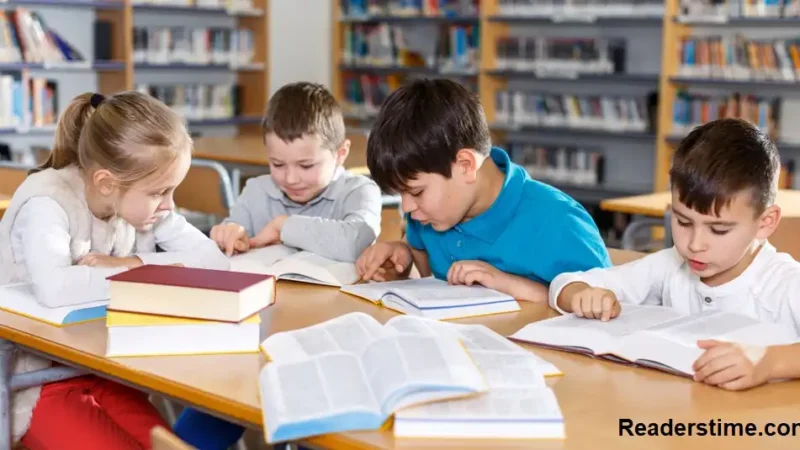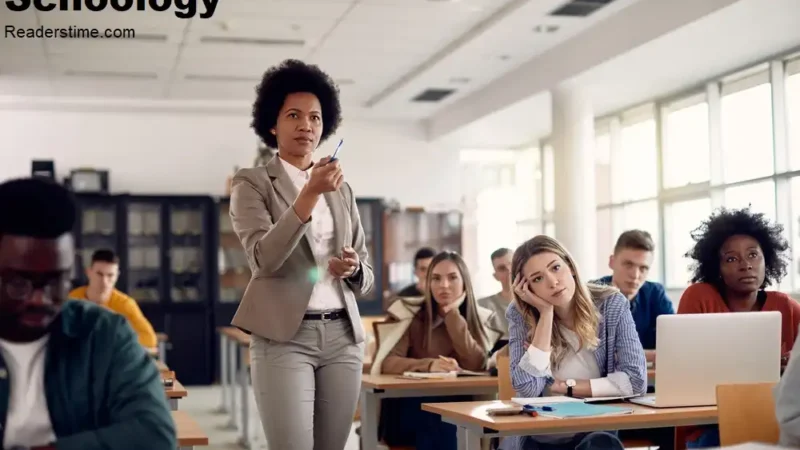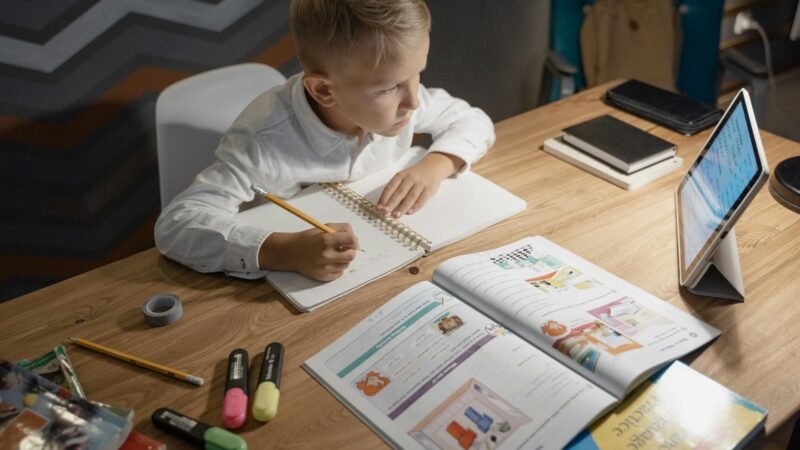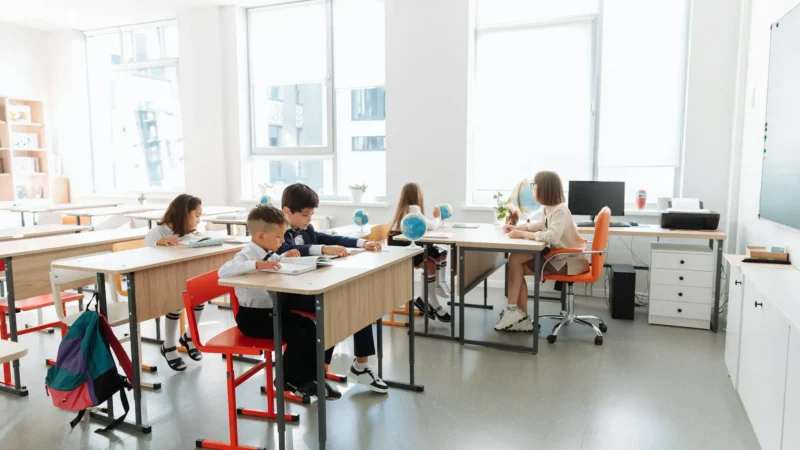How Visual Learning Works: An Expert View
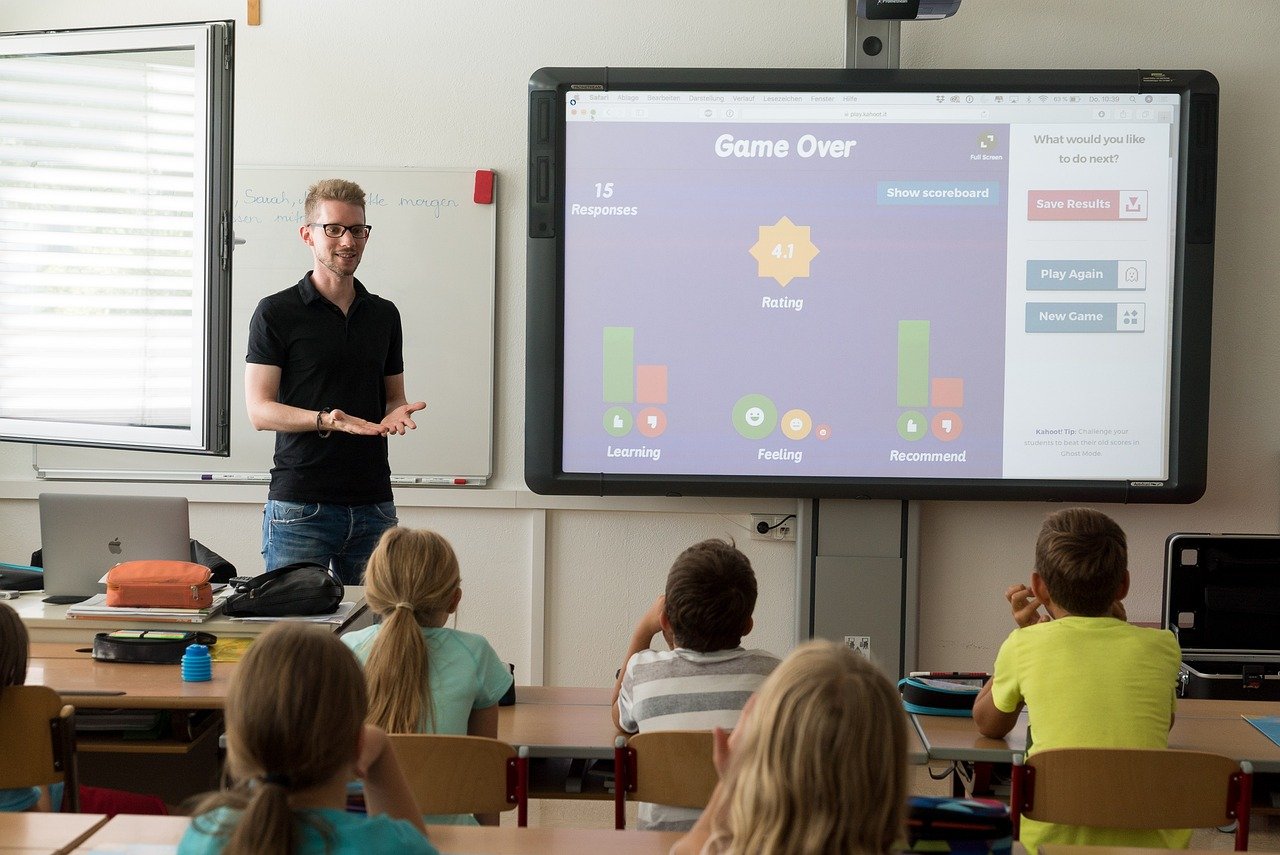
In the field of education, one size does not fit all. Each individual has a unique learning style, and recognizing and embracing these differences can lead to more effective learning experiences. One such style is visual learning, which involves using visual aids to convey information. Let’s dive deeper into what visual learning entails and how it can benefit learners of all ages.
Understanding Visual Learning
Visual learning is a teaching and learning style that emphasizes the use of visual aids to convey information. These aids can include diagrams, charts, maps, graphs, and videos. The core idea behind visual learning is that visual stimuli help learners to better organize and interpret information, leading to improved understanding and retention.
The Science Behind Visual Learning
The science behind visual learning is fascinating. Our brains are naturally wired to process visual information quickly and efficiently. When we see an image or a diagram, our brains can understand it almost instantly. This is because our brains are very good at recognizing patterns, shapes, and colors. This makes visual information easier to understand and remember compared to just reading text. So, when you use visual aids in your learning, like pictures or videos, you’re helping your brain learn more effectively.
For example, consider a scenario where you viewed a movie several years ago, yet you still recall its themes, storyline, and characters. This demonstrates that the film’s visual content creates a lasting impression in your mind and engages your mental faculties. The visual stimuli facilitated the retention of these memories over an extended period.
Benefits
Visual learning offers many benefits. For starters, it caters to different learning styles, making it more inclusive and effective for a diverse range of learners. One of the main advantages is that it can make learning more enjoyable and engaging. When you use visual aids, like diagrams or videos, it can help you understand complex ideas more easily. Visual learning can also improve your memory. When you see a picture, your brain is more likely to remember it compared to just reading words. Overall, visual learning is a great way to make learning more fun and effective. Visual learning also enhances memory retention, as visual information is more likely to be stored in long-term memory.
Incorporating Visual Learning into Education

Incorporating visual learning into education can make learning more exciting and understandable. Teachers can use things like charts, diagrams, and videos to explain difficult concepts. These visual aids can help students see the information in a new way, making it easier to understand. For example, if you’re learning about the solar system, a diagram can show you the planets and their positions better than just reading about them. Using visual learning can also make lessons more engaging. Instead of just listening to a teacher talk, you get to see and interact with different kinds of visuals. This can help keep your attention and make learning more enjoyable. Overall, incorporating visual learning into education can help students learn better and have more fun doing it.
How Visual Learning Works
Visual learning works by engaging different parts of the brain simultaneously. Visual learning is like a brain workout that uses pictures to help us understand and remember things better. When we look at an image, our brain doesn’t just see it; it also processes it in different areas. The visual cortex, which handles all the visual stuff, helps us make sense of what we’re seeing. But that’s not all! The information from the image also travels to other parts of the brain that deal with memory, emotions, and decision-making. This teamwork between brain areas makes it easier for us to grasp and remember the information we see. So, next time you’re studying with a diagram or watching an educational video, remember that your brain is working hard to make sure you understand and remember everything.
Conclusion
Visual learning is a valuable tool that can enhance the learning experience for students of all ages. By recognizing and embracing different learning styles, such as visual learning, educators can create more effective and engaging learning environments. Visual aids, like diagrams and videos, can help students understand complex concepts more easily and improve their memory retention. Incorporating visual learning into education can make lessons more enjoyable and understandable, as students get to interact with various visual materials. So, whether you’re studying the solar system or learning about the human body, visual learning can help you grasp and remember information better. Next time you’re studying, try incorporating visual aids into your routine and see how it can make learning more fun and effective.
For more informative blogs visit.


